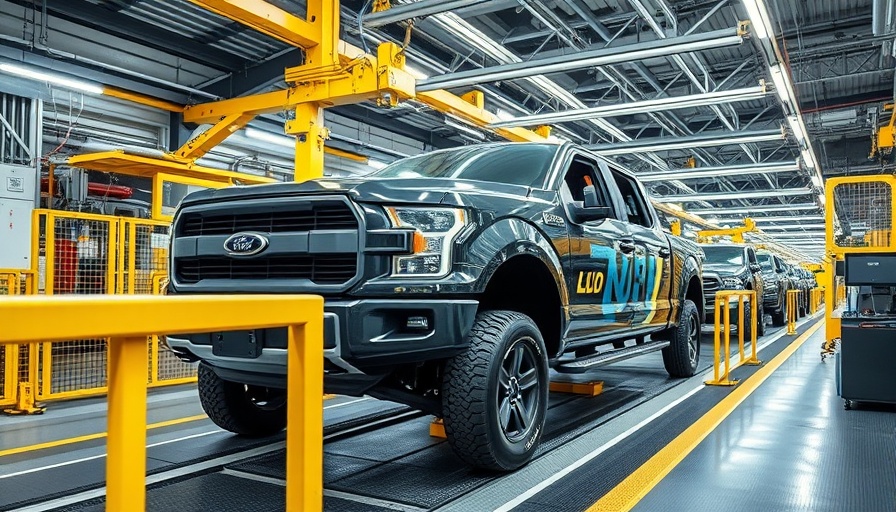
The Slow Road to Building US Auto Plants
When it comes to constructing new auto plants in the United States, the path is anything but swift. The recent trade policies—specifically, the Trump tariffs—have stirred discussions in the automotive industry. While the intention is to boost domestic manufacturing, the reality is a lengthy and complex process that is unlikely to yield immediate results.
Understanding the Construction Timeline
According to industry insiders, building a new auto plant typically demands an investment of about $1 billion and can take anywhere from three to five years. This extensive timeline includes critical steps such as permitting, construction, and equipping the facility. Sam Abuelsamid, a market research specialist, emphasizes that while Tesla managed to expedite its timelines, most operations face numerous hurdles that hinder rapid development.
Tariff Impacts on Manufacturing Decisions
The application of tariffs has created a challenging environment for car manufacturers. Honda's recent announcement to shuffle production lines, rather than starting anew, illustrates the complexities of the current economic climate. The company stated that while tariffs aim to encourage domestic production, they simultaneously increase costs for manufacturers who must comply with new criteria. This paradox highlights how tariffs can complicate rather than streamline operations.
Future Implications for Car Enthusiasts
For car enthusiasts, the effects of these tariffs and slow plant openings will have long-term implications. As producers take more time to adjust, consumers may see a delay in the introduction of new models and technology designed specifically to meet new manufacturing standards. The shift towards electric vehicle production in the U.S.—encouraged by recent federal tax credits—does suggest a potential boom, but the reality of implementation remains to be seen.
Your Role in This Transition
Car enthusiasts have an opportunity to engage with these shifts in the automotive sector. Understanding the economic and regulatory landscape can inform better purchasing decisions in the future. As new technologies and manufacturing solutions develop, staying informed will ensure you're not left in the dust when it comes to the latest vehicles.
With major players in the industry aiming for greater efficiency and domestic presence, it's crucial to keep an eye on these evolving trends. The next few years will undoubtedly shape the future of American automotive culture and the vehicles we drive.
 Add Row
Add Row  Add
Add 

 Add Row
Add Row  Add Element
Add Element 




Write A Comment